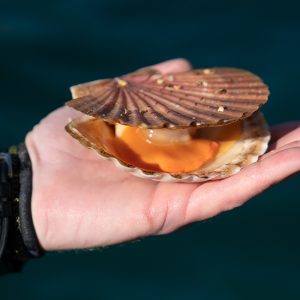In September Trans-Tasman Resources Ltd submitted a new application to mine iron sand from the seabed off the South Taranaki Bight. Their first application was rejected two years ago. Now they are confident they have addressed the environmental issued raised in 2014.
Our submission team at the New Zealand Sport Fishing Council swung into action when they realised that TTR was back for another bite.

Local businesses, fishing clubs and advocacy groups, including KASM, were up in arms over the proposals. The NZSFC lodged a submission on October 14th, the last receiving day.
One of the biggest challenges was the amount of reading required to get a good understanding of what TTR was saying. For example, more than 1000 pages of supporting information accompanied the current application. Who in the recreational sector has time to read through that much detail?
Fortunately for all of us, our team was able to work closely with KASM who have been through this struggle before and they know the soft points.
Our final submission noted the lack of available data on fish stocks in the subject area. In reality, how can TTR expect to measure the impacts on snapper, gurnard, blue cod and kahawai when even MPI doesn’t know their current status?
Smothering sediment plume
A major concern from any seabed mining operation is the sediment plume created by the activity. In our submission, we highlighted that sediment movement and settlement had not been sufficiently mapped. The potential future effects from the plume could be disastrous, as it takes very little sediment deposition to smother large areas, wiping out primary food sources and driving the larger predators away.
Given the limited time available the NZSFC recommended the application is rejected due to the unknown impacts on the marine environment, the benthic (seabed) communities and fish stocks.





